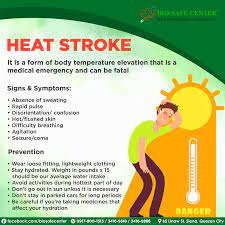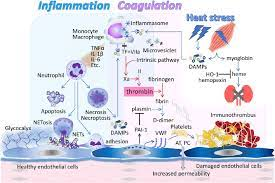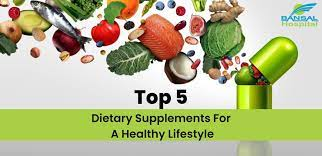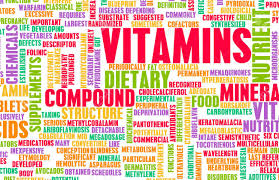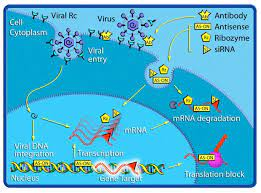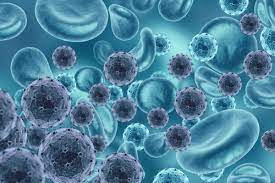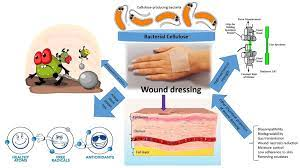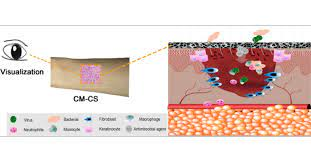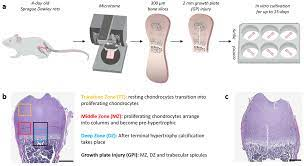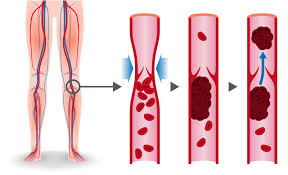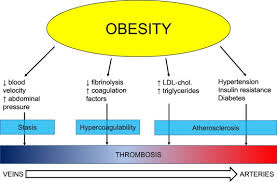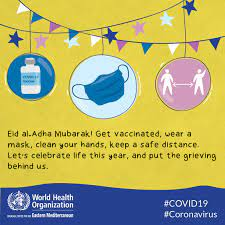COOL DIET PLANS IN SUMMERWhen it comes to diet plans for the summer, it's important to focus on refreshing, light, and hydrating foods. Here are a few cool diet plans suitable for the summer season, described in written British English:
Mediterranean Diet: The Mediterranean diet is an excellent choice for the summer. It emphasizes fresh fruits, vegetables, whole grains, lean proteins (such as fish and chicken), and healthy fats (like olive oil). Incorporate plenty of colourful salads, grilled vegetables, and seafood into your meals. Enjoy a variety of fresh fruits as snacks or desserts.
Salad-Based Diet: Salads are perfect for the summer as they are light, hydrating, and packed with nutrients. Create a base using mixed greens, spinach, or rocket leaves. Add a variety of veggies like cucumber, tomatoes, bell peppers, and radishes. Boost the protein content with grilled chicken, boiled eggs, or chickpeas. Top it off with a light dressing made with olive oil, lemon juice, and herbs.
Smoothie and Juice Cleanse: Stay cool and refreshed with a smoothie or juice cleanse. Prepare a combination of fruits and vegetables in a blender or juicer to create delicious and nutritious beverages. Include ingredients such as watermelon, cucumber, mint, berries, and citrus fruits. These cooling drinks can help you stay hydrated during the hot summer months.
Barbecue Delights: Summer is the perfect time for barbecues. Opt for lean meats like chicken breasts or turkey burgers instead of high-fat options. Include a range of grilled vegetables such as zucchini, peppers, and corn on the cob. Add flavour with herbs and spices instead of heavy sauces. Remember to watch portion sizes and balance your plate with a variety of colourful vegetables.
Cold Soups: Cold soups are a refreshing option to beat the summer heat. Gazpacho, a traditional Spanish cold tomato soup, is an excellent choice. It is made with fresh tomatoes, cucumbers, bell peppers, onions, garlic, and herbs. You can also explore other chilled soup variations like cucumber soup or watermelon gazpacho for a light and satisfying meal.
Remember, staying hydrated is crucial during the summer, so make sure to drink plenty of water throughout the day. These diet plans provide a good starting point, but it's essential to listen to your body's needs and consult a healthcare professional or registered dietitian for personalized advice.
